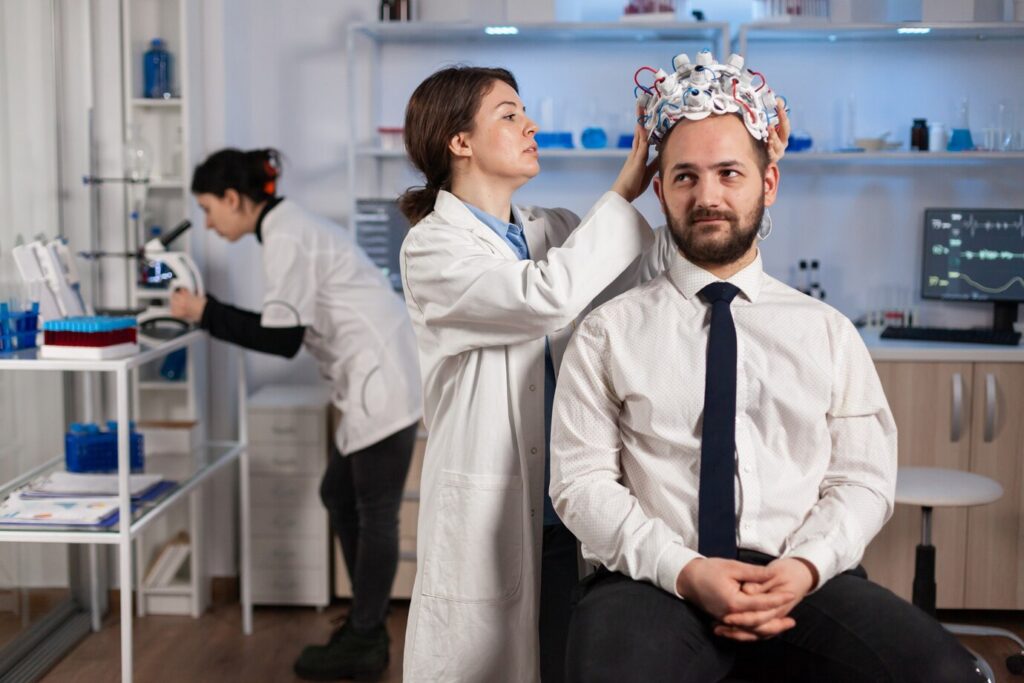DAYHOFF TECHNOLOGIES RANKED BEST MICROBIOME TEST
Scientists recognize Dayhoff as most accurate microbiome test using triple-sampling, immediate freezing, and research-grade shotgun metagenomics—setting new industry standard for consumer testing. DALLAS, TX – September 29, 2025 – Dayhoff Technologies, a clinical-grade microbiome testing company, today announced its consumer microbiome test has been recognized by leading microbiome scientists as delivering the most clinically accurate representation of gut microbiome composition among all retail testing options currently available in North America. The peer evaluation, conducted in early 2025 by independent microbiome researchers, compared Dayhoff’s proprietary triple-sampling methodology against single-sample approaches used by competitors of other major consumer testing services. Scientists cited Dayhoff’s unique combination of multiple sampling points, frozen chain-of-custody protocols, and high-depth shotgun metagenomics as setting a new standard for clinical accuracy in direct-to-consumer microbiome analysis. “While other companies rely on single-point sampling that can miss microbial diversity due to temporal variations, our triple-sampling approach captures a comprehensive view of the microbiome ecosystem,” said Roozbeh Ebbadi, CEO of Dayhoff Technologies. “This recognition validates our commitment to bringing research-grade accuracy to consumer health testing.” Revolutionary Triple-Sample Methodology Addresses Industry’s Accuracy Challenge The global microbiome testing market, projected to reach $1.9 billion by 2028 according to Grand View Research¹, has faced persistent challenges with result reliability and clinical utility. Studies published in Nature Microbiology have shown that single-sample tests can vary by up to 50% day-to-day due to natural microbiome fluctuations². Dayhoff’s CLIA-certified testing protocol addresses these limitations through: “The microbiome field has struggled with standardization and reproducibility. Dayhoff’s approach mirrors the protocols we use in clinical research trials,” noted Dr. Armstrong. “The combination of multiple sampling points and frozen preservation is essential for accurate clinical interpretation.” Advanced Computing Platform Accelerates Precision Medicine Applications Dayhoff’s patented analysis platform, originally developed for academic research institutions, processes microbiome data using next-generation GPU acceleration to complete parts of its analysis. This computational infrastructure enables processing speeds up to 10 times faster than traditional methods while maintaining the analytical depth required for clinical applications. The platform’s capabilities have attracted attention from precision medicine researchers studying connections between gut health and chronic conditions including inflammatory bowel disease, metabolic disorders, and mental health conditions. Recent research published in Cell has demonstrated that accurate microbiome profiling can predict treatment responses in up to 60% of IBS patients⁴. Accessibility Meets Clinical Standards Despite its clinical-grade methodology, Dayhoff has maintained consumer accessibility with HSA eligibility for insurance coverage and availability throughout North America. This positions the company uniquely in a market where clinical accuracy often comes at prohibitive costs or requires physician ordering. “We believe everyone deserves access to clinically accurate health information,” added Mr. Ebbadi. “Making our test HSA-eligible removes some financial barriers while maintaining the quality standards healthcare providers expect.” The recognition comes as consumer interest in microbiome testing surges, with Google searches for “gut microbiome test” increasing 250% over the past two years⁵. However, regulatory scrutiny has also intensified, with the FDA issuing guidance on microbiome testing accuracy standards expected in late 2025. About Dayhoff Technologies Founded in 2021 and headquartered in Dallas, Texas, Dayhoff Technologies is pioneering clinical-grade microbiome testing for consumers. The company’s CLIA-certified laboratory and patented analysis platform deliver research-quality microbiome insights directly to consumers, supporting personalized health optimization through precision microbiome analysis. For more information, visit www.dayhoff.ai Forward-Looking Statements This news release contains forward-looking statements and forward-looking information within the meaning of applicable securities laws. The use of any of the words “expect”, “anticipate”, “continue”, “estimate”, “objective”, “may”, “will”, “project”, “should”, “believe”, “plans”, “intends” and similar expressions are intended to identify forward-looking information or statements. The forward-looking statements and information are based on certain key expectations and assumptions made by the Company. Although the Company believes that the expectations and assumptions on which such forward-looking statements and information are based are reasonable, undue reliance should not be placed on the forward-looking statements and information because the Company can give no assurance that they will prove to be correct. References: Media ContactCompany Name: Dayhoff TechnologiesContact Person: InderEmail: Send EmailCountry: United StatesWebsite: https://www.dayhoff.ai/








